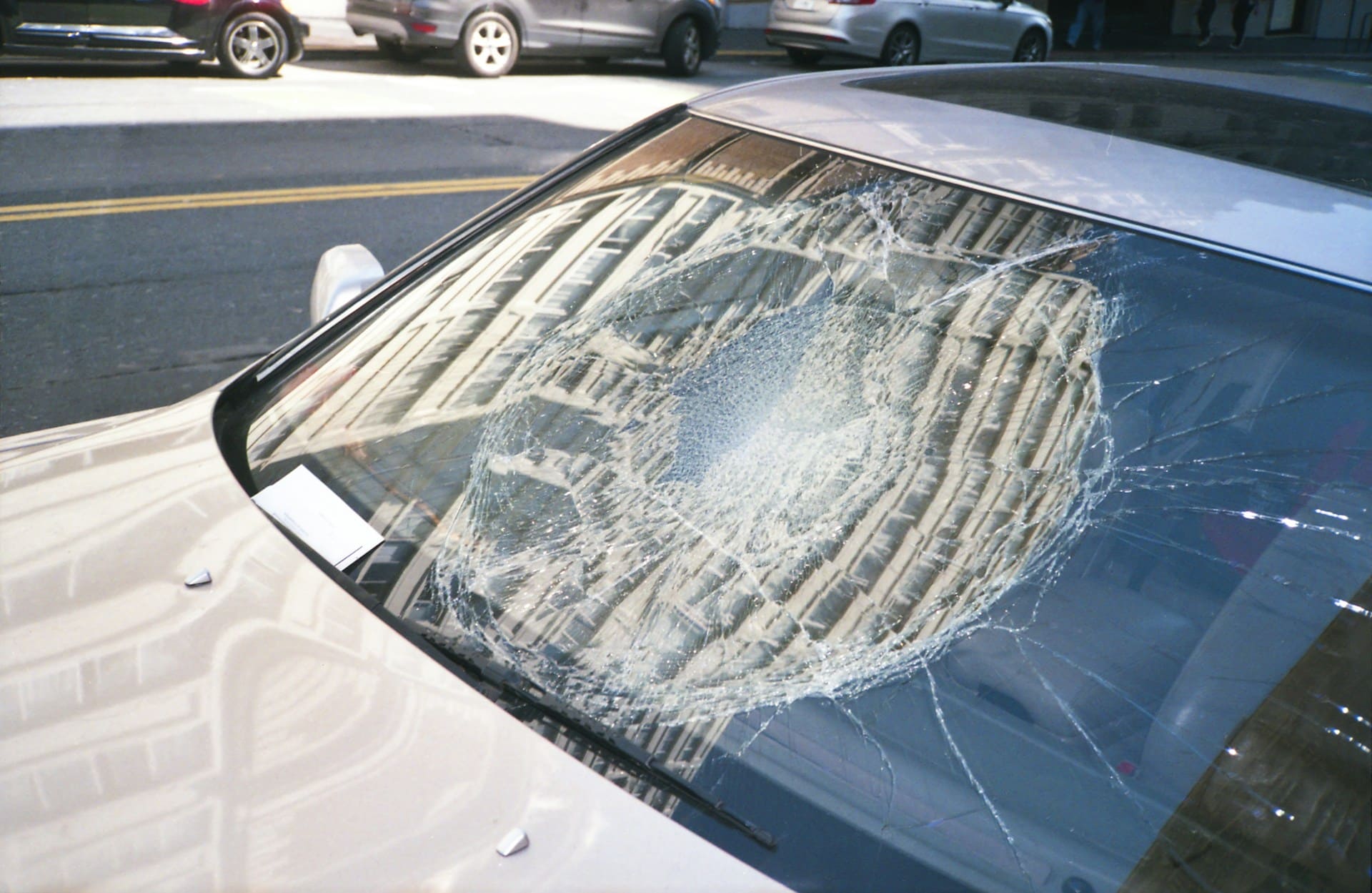Understanding the concept of shared fault in personal injury lawsuits is crucial for both plaintiffs and defendants. At Legal Consulting Pro, we recognize the complexities surrounding this issue and its significant impact on legal proceedings.
This blog aims to demystify the concept of shared fault in personal injury cases, shedding light on its implications and legal considerations. Shared fault, also known as comparative negligence, refers to situations where both parties share responsibility for the injury or damages.
We will explore how shared fault affects liability, compensation, and legal strategies in personal injury lawsuits. Additionally, we’ll discuss the role of deposition summarization in uncovering key evidence and presenting compelling arguments in cases involving shared fault.
By understanding the nuances of shared fault, legal professionals can develop effective litigation strategies to protect their clients’ interests. With our expertise in deposition summarization and legal support services, Legal Consulting Pro is committed to helping clients navigate the complexities of personal injury lawsuits with confidence and clarity.
Influence of Shared Fault on Compensation
In personal injury law, the concept of “shared fault” can significantly influence the outcome of a lawsuit. It determines the degree of responsibility each party bears for the accident and subsequent injuries.
Depending on the specific state’s laws regarding comparative negligence or contributory negligence, the compensation awarded to the injured party may be reduced proportionally to their level of fault. As such, establishing or disputing shared fault is crucial in determining the final outcome and potential compensation in a personal injury lawsuit.
Rick Hovde, Founding Partner, Hovde Dassow + Deets
Florida Lawyer’s Take on Comparative Negligence
In personal injury law, the concept of “shared fault,” or comparative negligence, plays a crucial role in lawsuits. Shared fault occurs when both the plaintiff and defendant share responsibility for the accident or injury. This can impact the damages awarded based on each party’s degree of fault.
For instance, if the plaintiff is 20% at fault, their damages could be reduced by 20%. This principle aims to distribute responsibility fairly. Understanding and presenting evidence on shared fault is vital for plaintiffs and defendants in personal injury cases to enhance their chances of a positive outcome.
Joshua Frachtman, Attorney and Partner, Zimmerman & Frachtman
Comparative Negligence Affects Damages
The concept of “shared fault” in personal injury law significantly alters the possible outcomes of a lawsuit. In states that practice comparative negligence, for instance, the damages awarded to a plaintiff can be reduced based on their percentage of fault in the accident. This means if you are found to be partially responsible for the incident that led to your injuries, the compensation you receive will be adjusted to reflect your share of the blame.
This framework aims to ensure a fair and balanced approach, acknowledging that accidents rarely occur with absolute fault on one side. Anyone involved in a personal injury case must understand how shared fault might influence their claim and the importance of proficient legal representation to present their case effectively.
Andrew Pickett, Founder and Lead Trial Attorney, Andrew Pickett Law
Shared Fault Reduces Compensation Proportionally
It directly affects the compensation you’re entitled to. In personal injury cases, the idea of “shared fault” means that more than one person might be responsible for what happened. For example, if you’re hurt in a car accident, and it’s found that you were partly to blame because maybe you were driving a bit too fast—you can still get some compensation, but it might be less than if the other driver was solely at fault.
The amount you get is based on how much each person contributed to the accident. So, if you were 20% responsible, you’d get 80% of what you would’ve gotten if it was all the other person’s fault.
Riley Beam, Managing Attorney, Douglas R. Beam, P.A.
Contributory Negligence in Alabama Injury Cases
In cases where multiple parties bear responsibility for an accident or injury, the principle of shared fault, also known as comparative negligence, becomes crucial. Alabama follows a pure contributory negligence rule, meaning that if the plaintiff is found even partially at fault for the accident, they may be barred from recovering any damages.
Therefore, establishing and mitigating shared fault is essential in determining liability and compensation in personal injury cases. Through thorough investigation, evidence gathering, and strategic legal arguments, injury lawyers aim to minimize their client’s percentage of fault while maximizing the responsibility assigned to the other party.
Effective negotiation and litigation tactics can ultimately influence the allocation of fault and the amount of damages awarded to the injured party. By leveraging our expertise in personal injury law and navigating the nuances of shared fault, Garnett Patterson Injury Lawyers ensures that our clients receive fair compensation for their injuries and losses while adhering to Alabama’s legal standards.
Hunter Garnett, Personal Injury Lawyer and Managing Partner, Decatur Personal Injury Lawyers
Comparative Negligence Laws Vary by State
In my practice as a personal injury lawyer, I’ve learned that the concept of “shared fault” can significantly influence case outcomes. While it’s commonly known that both parties’ negligence can impact settlements, understanding the nuances of comparative negligence laws is crucial.
These laws vary by state and can affect how much compensation an injured party receives based on their level of fault. Leveraging this understanding allows me to advocate effectively for my clients, ensuring they receive fair compensation despite shared responsibility.
Jonathan Rosenfeld, Owner and Attorney, Rosenfeld Injury Lawyers
Pure vs. Modified Comparative Negligence Explained
Shared fault, or comparative negligence, allows plaintiffs and defendants to be partially liable for damages in a personal injury claim. It determines a party’s compensation and is categorized into pure and modified.
Pure comparative negligence laws allow plaintiffs to receive compensation regardless of their percentage of fault in the incident. However, the damages they can claim will be reduced based on their degree of fault.
For instance, if Plaintiff A files a $100,000 claim against Defendant B and is found 80% at fault for the accident, they can only recover 20% of their claim.
Meanwhile, modified comparative negligence laws allow plaintiffs to receive compensation if their percentage of fault falls below a specific threshold.
Most states follow a 50% limit of fault, while others follow a 51% limit. Under this law, you can only claim damages against the other party if you are 49% or less at fault.
Although people think shared fault only applies to car accident claims, it can also apply to other personal injury cases, such as bicycle accidents, premises liability, pedestrian accidents, etc.
Each state follows a specific category of shared fault. Currently, 13 states follow pure comparative negligence, including Alaska, Arizona, California, Florida, Kentucky, Louisiana, New Mexico, New York, Rhode Island, and Washington.
In these states, the percentage of fault is typically decided by a judge. They will review the facts and evidence presented by both parties involved in the accident. An attorney can also negotiate their client’s percentage of fault. But at the end of the day, it will be the judge who makes the decision.
The remaining 33 states have modified comparative negligence laws. Ten of those 33 states have a 50% fault threshold, while the rest have a 51% cap.
Alan Ahdoot, Personal Injury Attorney, Adamson Ahdoot LLP
Shared Fault in Workers’ Compensation Cases
In personal injury law, the concept of “shared fault” can significantly impact the outcome of a lawsuit. When a plaintiff is partially responsible for their injuries, it can affect the damages they receive.
For example, regarding silicosis exposure and workers’ compensation cases, shared fault can come into play if the employer or third parties argue that the plaintiff’s actions contributed to their exposure. For example, if a worker failed to use provided safety equipment properly, the court might assign a percentage of fault to the worker.
In states with pure comparative negligence laws, the plaintiff’s compensation is reduced by their percentage of fault. If a plaintiff is found to be 30% at fault, they would receive 70% of the total damages awarded. However, in states with modified comparative negligence laws, plaintiffs may be barred from recovery if they are deemed equally or more at fault than the defendant.
Navigating shared fault issues requires a thorough understanding of state laws, evidence gathering, and effective legal strategies. Experienced personal injury lawyers can analyze the details of each case, assess shared fault implications, and advocate for fair compensation on behalf of their clients.
David Mathews, Founder, Mathews & Associates
Comparative Fault and Its Financial Implications
Shared fault is an important concept in personal injury cases. Let’s compare two different scenarios:
Scenario #1: Suppose there are multiple people responsible for an accident (defendants). In that case, they each have to pay for all the money the injured person (plaintiff) lost because of the accident, like medical bills and lost wages. However, when it comes to things like pain and suffering, each person only pays for their fair share of that. For example, if a jury says the plaintiff should get $100,000 for money lost because of the accident and $250,000 for pain and suffering, and one defendant is 40% responsible and the other is 60% responsible, the defendants will split the bill accordingly. So the 40% person pays $40,000 of the money lost, and the 60% person pays $150,000 of the pain and suffering money. If one defendant has insurance and the other doesn’t, the plaintiff can get the money owed from the insurance company, and the insurance company can then try to get the other defendant to pay their share.
Scenario #2: Suppose the plaintiff is found to have been partially at fault for the accident and their injuries; this is referred to as comparative fault. In that scenario, the defendant is only responsible for their proportionate share of the damages. In this situation, each person involved only pays for their fair part of the damages. For example, if the plaintiff is found 40% at fault and the defendant is 60% at fault, the plaintiff would only get 60% of the money for things like medical bills and 60% of the money for pain and suffering. So, if $100,000 was awarded for money lost because of the accident, the plaintiff would get $60,000 of it. And if $250,000 was awarded for pain and suffering, they’d get $150,000.
One of the nice things about the concept of shared fault is that even if a plaintiff was mostly to blame for the accident, say 75%, they can still recover some compensation from the defendant who bore some responsibility. This can be really important, especially in a case where the plaintiff is catastrophically injured, paralyzed, and unable to work again, and will be facing millions of dollars in medical bills. Being able to obtain some compensation from the defendant who was also at fault may make a substantial difference in their ability to survive financially. Before 1975 in California, if the plaintiff had any fault, even just 1%, they couldn’t receive any compensation. Comparative fault is a far more just and equitable rule.
Matthew Biren, Founding Attorney, Biren Law Group
To Summarize
Understanding the impact of shared fault in personal injury lawsuits is essential for all parties involved. It significantly influences liability, compensation, and legal strategies throughout the litigation process.
Deposition summarization plays a crucial role in uncovering evidence and presenting compelling arguments, particularly in cases involving shared fault. By effectively summarizing deposition testimony, legal professionals can identify key facts, assess credibility, and strengthen their case strategies.
At Legal Consulting Pro, we understand the complexities of personal injury lawsuits and the importance of thorough preparation and strategic analysis. Our deposition summarization services are designed to help legal professionals navigate the intricacies of shared fault cases with precision and clarity.
By leveraging our expertise and comprehensive support services, legal professionals can confidently navigate personal injury lawsuits, advocate for their clients’ rights, and pursue favorable outcomes. Together, we can navigate the complexities of shared fault cases and achieve justice for those affected by personal injuries.













































